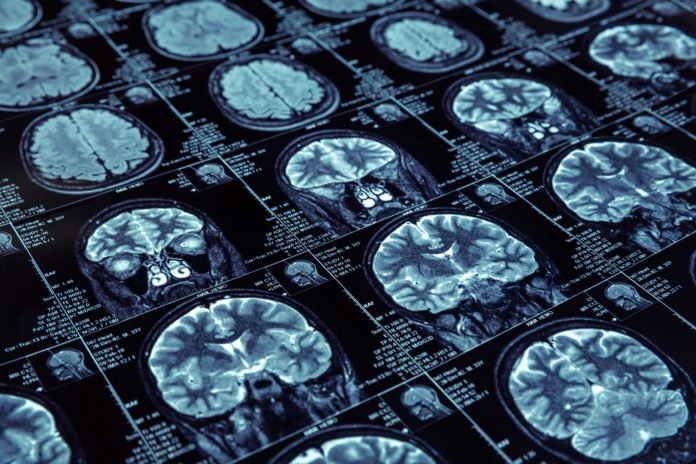Neuroscience research has made mind-boggling strides toward uncovering the inward workings of our brains. And it’s due to technological advances that make brain-imaging data research easy. For instance, researchers can now explain, how we make decisions plan for the future or experience emotions. However obstructions in sharing and getting to that information hinder advance in the field.
Stanford psychologists fixing those barriers by developing new way called BIDS (Brain Imaging Data Structure). BIDS organize brain imaging data and simplify it to help scientists collaborate more effectively. Thus, it leads to more transparency and more progress in understanding the brain-imaging data.
Russell Poldrack, a professor of psychology said, “We’ve been interested in a long time in finding ways to share data between groups. Sharing data is a good thing because it allows different research groups to reuse data and maximizes its potential.”
Various MRI techniques generate real amounts of data, but there’s no agreement on how that information ought to be sorted out.
Scientists working on a project where participants undergo MRI scans. They are studying their brain activity related to self-control. Scientists collected images of that brains in different stages. But transferring these files from the MRI scanner to a format the lab’s software program can read requires transforming the files. It is a process that has traditionally been idiosyncratic among different researchers.
Without a typical standard, it turns out to be progressively troublesome for specialists to expand these important informational collections. But, BIDS solve that problem by providing a uniform standard.
Chris Gorgolewski, co-director of the Stanford Center for Reproducible Neuroscience said, “Basically, we constructed this language where all people collecting brain data understand each other.”
BIDS is a collection of different related apps that manage different aspects of data analysis and storage. Once a new app gets tested, it then transferred to a cloud-based service from where other can download the app.
Postdoctoral research fellow Oscar Esteban said, “MRI image analysis takes time and involves numerous steps, and often requires external software. The BIDS apps, conversely, are compatible with major operating systems with minimal extra work for users. They are meant to be ‘plug and play’.”
Poldrack said, “The bigger picture for us is transparency and reproducibility. There are interesting scientific questions we want people to get at, questions about how our different psychological functions are related to each other. Part of what we want to do is to convince people to share their data when they run a study to do interesting science or reproduce the results.”
